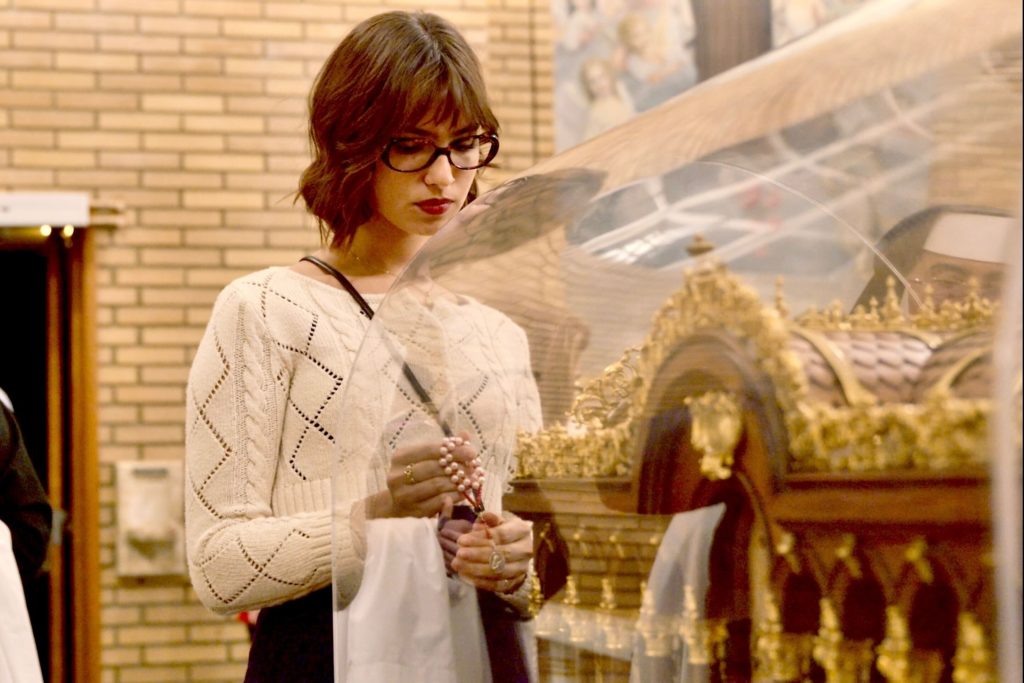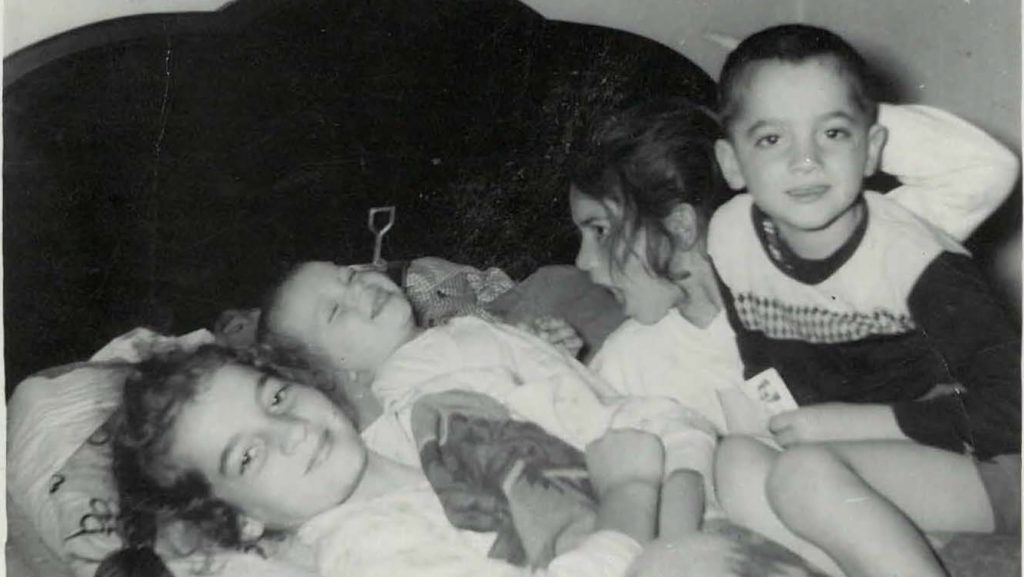One of the biggest misconceptions about large families is that they are, by default, cohesive units. When the age range between the oldest and the youngest siblings is 18 years, the family geography turns into mountainous terrain.
In our big family, things were divided into the “First” and “Second” waves.
The “First” represents the five children born during the war years. And when I say “war,” I mean the “big” one, the conflagration between 1939 and 1945 that engulfed the world, molded our country, and shaped generations and families to come for decades.
The “Second” wave of five children came into this world from 1949 to 1957. There was certainly plenty of overlap that bonded all 10 of us together. We all shared a tribal chieftain of a father; a rosary and sometimes belt-wielding mother who anchored us all; and a large, rickety old house that served as headquarters for us all.
But the two waves also represented “tribes within a tribe,” and as the last one to join the second wave, my immediate older two sisters and two brothers and I formed a connection that we did not share with the older set of five.
We had our own music (no Pat Boone for us), played our own games, made up our own coded language for older brothers and sister’s girlfriends and boyfriends, who we had various opinions about. Some of us may have been less charitable in our nicknames and code words, but our sister Fran was never cruel.
Fran was the “big” sister of the second wave, and she took that role to heart. She was devout out of the cradle and her example was indissoluble. You could set your clock and calendar to her Wednesday Benediction attendance, First Friday observances, and Lenten sacrifices that never wavered.
By the time I was out of diapers, my older siblings were young adults, with one brother in the Air Force and another in the Marine Corps, and our oldest sister soon to be married. So, family outings, like our yearly one-week vacations in the High Sierras, were almost never with a full complement of children. Again, that second wave was different, and we hung together the longest.

Our sister Fran was painfully shy. She had a beautiful singing voice, but only sang when she was sure no one was listening. On those long drives through the San Joaquin Valley to Sequoia or Yosemite National Parks, our sister Helen Mary would teach me and my two next oldest brothers the different harmonies for sing-alongs in the car, but Fran abstained. Once in camp, she led us on hikes and made sure we were having a good time.
Her faith was tested throughout her adult life, with Job-like suffering which she endured, never wavering from her relentless belief that God had a plan for her, even if she did not understand why it had to include so many trials. She remained resolute and joyful, even if at times the pain she carried would weigh her down.
Thanks both to the Carmelite Sisters of the Most Sacred Heart of Los Angeles, who have enveloped our family with their love and prayers for decades, and my minor role in helping Carmelite Father Donald Kinney plan St. Thérèse of Lisieux’s relic’s tour, I was looking forward to venerating the French saint during her stop in Southern California.
What I could not know was that the relic’s stop at Santa Teresita in Duarte would coincide with the moment that my sister’s already delicate health began to crumble. God does not do coincidences. I was praying a novena to Thérèse around this same time, too. I had an intention of my own, and I had an intention for my sister. I asked not for a miracle for either of us, but for the faith and courage for both of us to accept God’s will.
I also did not know back when I was helping Father Kinney and planning my visit to Santa Teresita, that, by the time St. Thérèse’s relics had arrived, my sister would be lying in a hospital bed, alive, but barely breathing.
My wife and I attended the Mass presided by Archbishop José H. Gomez at Santa Teresita, and were comforted by his homily about St. Thérèse’s “little way.” After Mass, it came time for us to approach the reliquary. Once there, I put a palm on the plexiglass dome that protected the relics and said a silent prayer of thanks for the answer I got for my intention. I made one final request, thinking of my sister in that hospital bed, connected to all manner of medical equipment.
The next Friday, St. Thérèse answered that prayer, too. And if she is a woman of her word — of which I have no doubt — I know she escorted my sister Fran (whose middle name was Theresa) to our heavenly Father, where there is no more pain, no more suffering, but joy in the bosom of the Lord.

